Description
What is a High-gain Antenna 433MHz RF Transmitter And Receiver Antenna?
The High-gain Antenna 433MHz RF Transmitter And Receiver Antenna is a GFNR antenna fiberglass antenna radome with an IP67 waterproof grade indoor-outdoor antenna. It comes with an N-J standard N-male connector and a 22x180mm medium size for the wireless industry such as Lora, ISM, IoT, M2M, etc.
For this High-gain Antenna 433MHz RF Transmitter And Receiver Antenna same antenna radome style, we also have the Wi-Fi antenna style, 4G LTE antenna style, etc.
C&T RF Antennas Inc supplies the High-gain Antenna 433MHz RF Transmitter And Receiver Antenna along with the 868Mhz antenna, 915Mhz antenna, wifi antenna, 3G antenna, 4G antenna, 5G antenna, 6G antenna, etc.
C&T RF Antennas Inc provides RF antennas with antenna radio frequencies such as 169MHz, 230MHz, 315MHz, 433MHz, 868MHz, 915MHz, Lora, NFC, VHF&UHF, NB-IoT, ADS-B, GSM, Wifi 2.4GHz, 5.8GHz, 2G 3G 4G LTE, GPS, GNSS, 5G NR, UWB, Cellular, etc.
We provide indoor & outdoor wireless antennas with many antenna types such as Dipole Antennas, Whip Antennas, Marine Antennas, Router Antennas, MIMO Antennas, Combo Antennas, PCB Antennas, FPC Antennas, Spring Antennas, Sector Antennas, Yagi Antennas, etc., for IoT & M2M industries.
Please contact us for more details on the High-gain Antenna 433MHz RF Transmitter And Receiver Antenna such as datasheet, pricing, inventory, or the other 433MHz RF Transmitter And Receiver Antenna types, thank you.
High-gain Antenna 433MHz RF Transmitter And Receiver Antenna video
High-gain Antenna 433MHz RF Transmitter And Receiver Antenna Specifications
High-gain Antenna 433MHz RF Transmitter And Receiver Antenna Electrical Specifications |
|
| RF Antenna Type | Omnidirectional Antenna |
| Model | CTRF-ANTENNA-FB-0433-22180-N |
| Frequency | 433MHz |
| Gain | 3dBi |
| VSWR | ≤2.0 |
| Impedance | 50 Ω |
| Polarization | Vertical |
| Horizontal Beam-width | 360 Degree |
| Connector | N-Male |
| Max Power | 50W |
| Radiation Pattern | Omnidirectional |
| Lightning Protection | DC Ground |
High-gain Antenna 433MHz RF Transmitter And Receiver Antenna Mechanical Specifications |
|
| Dimension | 22x180mm |
| Operational Humidity | <65% |
| Radome Material | Fiberglass |
| Storage Temperature Range | -40~+85°C |
| Working Temperature Range | -40~+80°C |
| Color | White/Gray/Black |
| Antenna Form | Single Band |
| Mounting | Screw |
| RoHS | Compliant |
| Applications | Public Safety/LMR/P25/TETRA, ISM/SCADA/Utilities, RFID, IoT/NB-IoT/LoRa, etc. |
ISM frequency band
ISM frequency band means Industrial, Scientific, and Medical, so as the name suggests, the ISM frequency band is a certain frequency band that countries have allocated and is mainly used by industrial, scientific, and medical institutions.
There is no license or fee to apply these frequency bands, only a certain transmit power (generally less than 1W) is required, and no interference to other frequency bands is required. The ISM frequency band is not uniform in various countries.
For example, there are three frequency bands 902-928 MHz, 2400-2484.5 MHz, and 5725-5850 MHz in the United States, and part of the 900 MHz frequency band in Europe is used for GSM communications.
And 2.4GHz is the ISM frequency band common to all countries. Therefore, wireless LAN (IEEE 802.11b/IEEE 802.11g), Bluetooth, ZigBee, and other wireless networks can all work in the 2.4GHz frequency band.
ISM frequency is as the following:
|
Frequency Range(Hz)
|
Center Frequency(Hz)
|
Availability
|
|
6.765–6.795 MHz
|
6.780 MHz
|
Depends on local
|
|
13.553–13.567 MHz
|
13.560 MHz
|
|
|
26.957–27.283 MHz
|
27.120 MHz
|
|
|
40.66–40.70 MHz
|
40.68 MHz
|
|
|
433.05–434.79 MHz
|
433.92 MHz
|
|
|
902–928 MHz
|
915 MHz
|
Region 2 only
|
|
2.400–2.4835GHz
|
2.450 GHz
|
|
|
5.725–5.875 GHz
|
5.800 GHz
|
|
|
24–24.25 GHz
|
24.125 GHz
|
|
|
61–61.5 GHz
|
61.25 GHz
|
Depends on local
|
|
122–123 GHz
|
122.5 GHz
|
Depends on local
|
|
244–246 GHz
|
245 GHz
|
The ISM frequency band is not uniform in various countries. For example, in the United States, there are three frequency bands 902-928MHz, 2400-2483.5MHz, and 5725-5850MHz, while in Europe, part of the 900MHz frequency band is used for GSM communications.
+2.4GHz is the ISM frequency band common to all countries. Therefore, wireless LAN (IEEE 802.11b/g), Bluetooth, ZigBee, and other wireless networks can all work in the 2.4GHz frequency band.
ITU-R
International Telecommunication Union Radiocommunication Sector
The Radio Communications Department of the International Telecommunication Union (abbreviated ITU-R) is the department responsible for radio communications management under the management of the International Telecommunication Union. The main content of its management includes radio frequency spectrum and satellite orbits.
Its business also includes maritime wireless access and search systems ( MARS), International Mobile Telecommunications (IMT), World Radiocommunication Conference (WRC), emergency radiocommunication, etc.,
And in accordance with the decisions of the World Radiocommunication Conference (WRC), publish Radio Regulations (RR, Radio Regulations).
The ISM frequency bands designated by ITU-R are as follows:
| Frequency Range | Center Frequency | Availability |
|---|---|---|
| 6.765–6.795 MHz | 6.780 MHz | |
| 13.553–13.567 MHz | 13.560 MHz | |
| 26.957–27.283 MHz | 27.120 MHz | |
| 40.66–40.70 MHz | 40.68 MHz | |
| 433.05–434.79 MHz | 433.92 MHz | Only For ITU Region 1 |
| 902–928 MHz | 915 MHz | Only For ITU Region 2 |
| 2.400–2.500 GHz | 2.450 GHz | |
| 5.725–5.875 GHz | 5.800 GHz | |
| 24–24.25 GHz | 24.125 GHz | |
| 61–61.5 GHz | 61.25 GHz | |
| 122–123 GHz | 122.5 GHz | |
| 244–246 GHz | 245 GHz |
Fiberglass Antennas Features
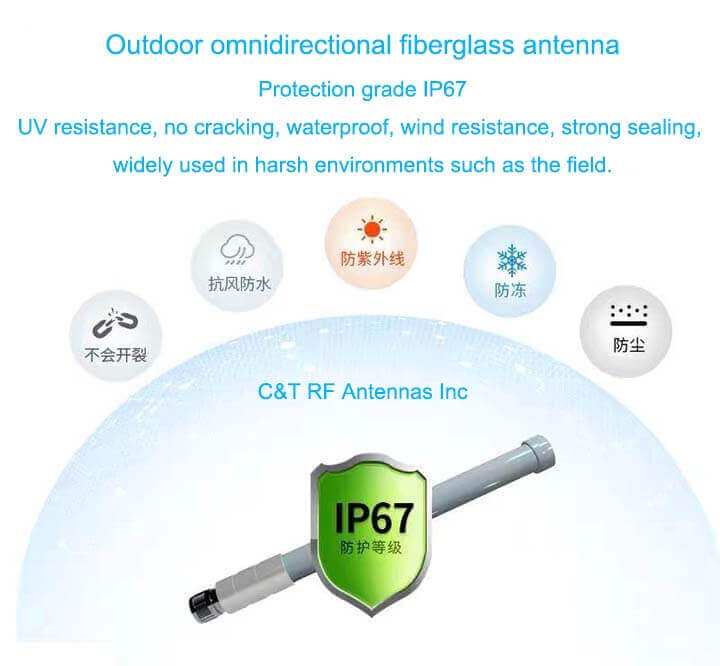
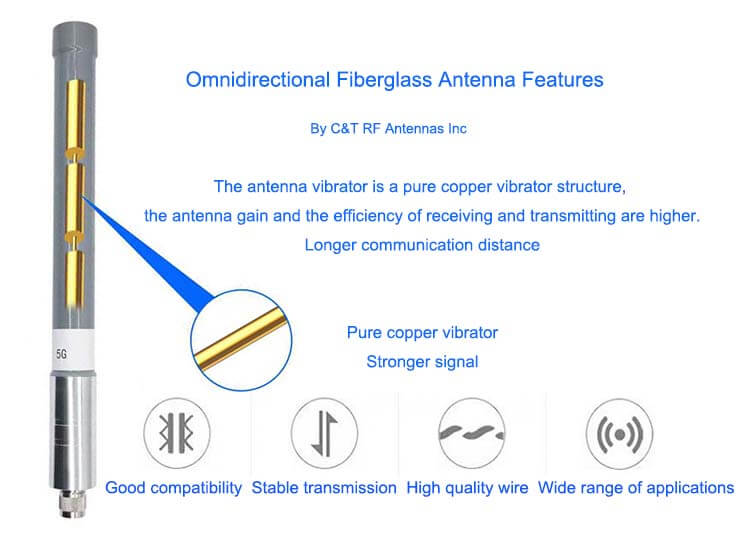
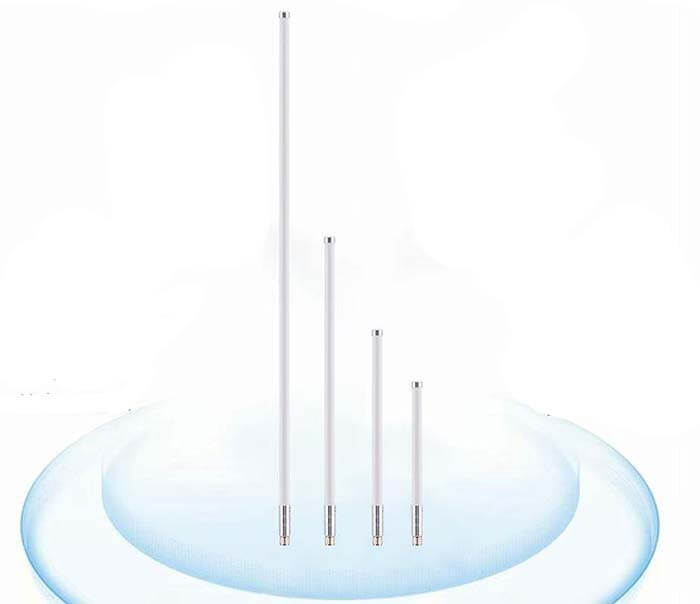
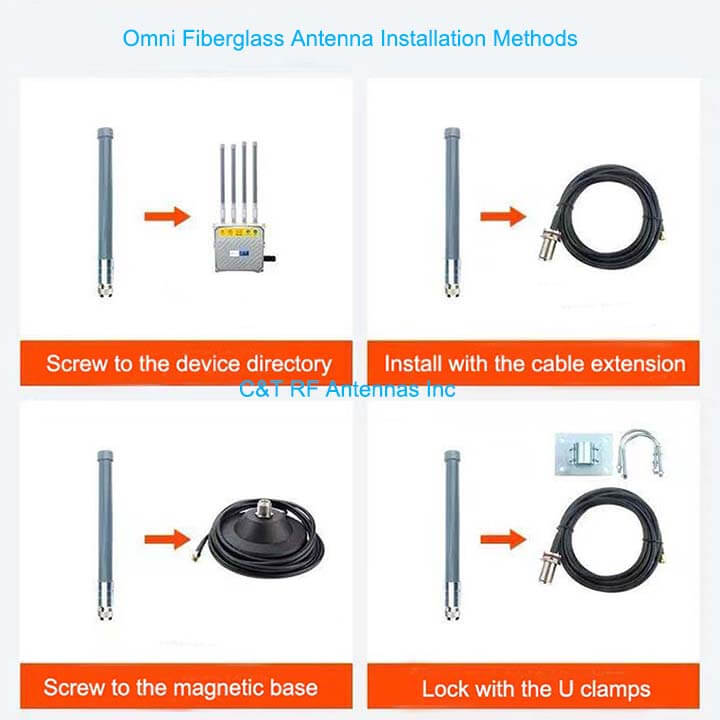

High-gain Antenna 433MHz RF Transmitter And Receiver Antenna




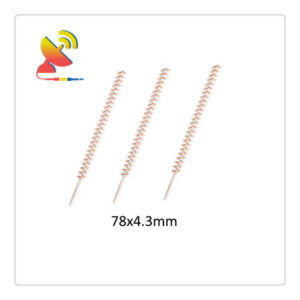
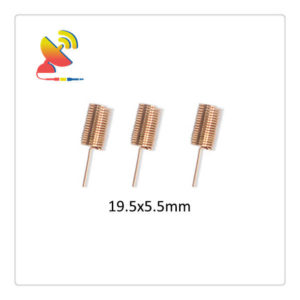
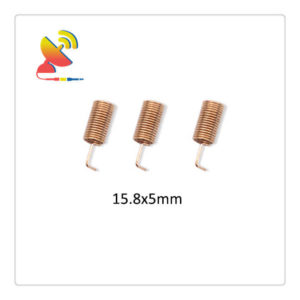
Reviews
There are no reviews yet.